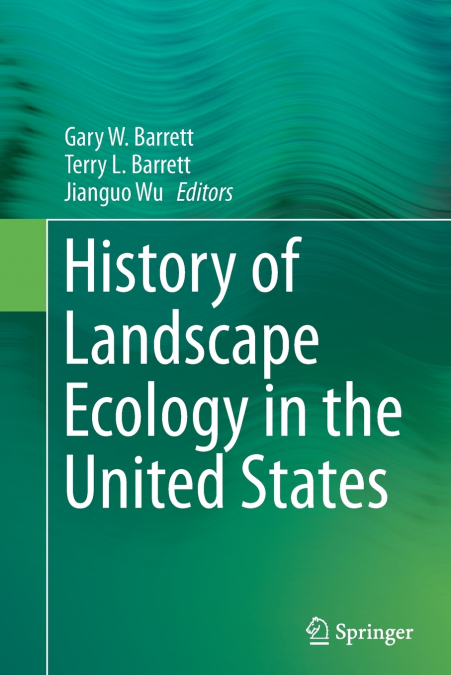
This book describes the emergence of landscape ecology, its current status as a new integrative science, and how distinguished scholars in the field of landscape ecology view the future regarding new challenges and career opportunities. Over the past thirty years, landscape ecology has utilized development in technology and methodology (e.g., satellites, GIS, and systems technologists) to monitor large temporal-spatial scale events and phenomena. These events include changes in vegetative cover and composition due to both natural disturbance and human cause-changes that have academic, economic, political, and social manifestations.There is little doubt, due to the temporal-spatial scale of this integrative science, that scholars in fields of study ranging from anthropology to urban ecology will desire to compare their fields with landscape ecology during this intellectually and technologically fertile time. History of Landscape Ecology in the United States brings to light the vital role that landscape ecologists will play in the future as the human population continues to increase and fragment the natural environment. Landscape ecology is known as a synthesized intersection of disciplines; but new theories, concepts, and principles have emerged that form the foundation of a new transdiscipline.